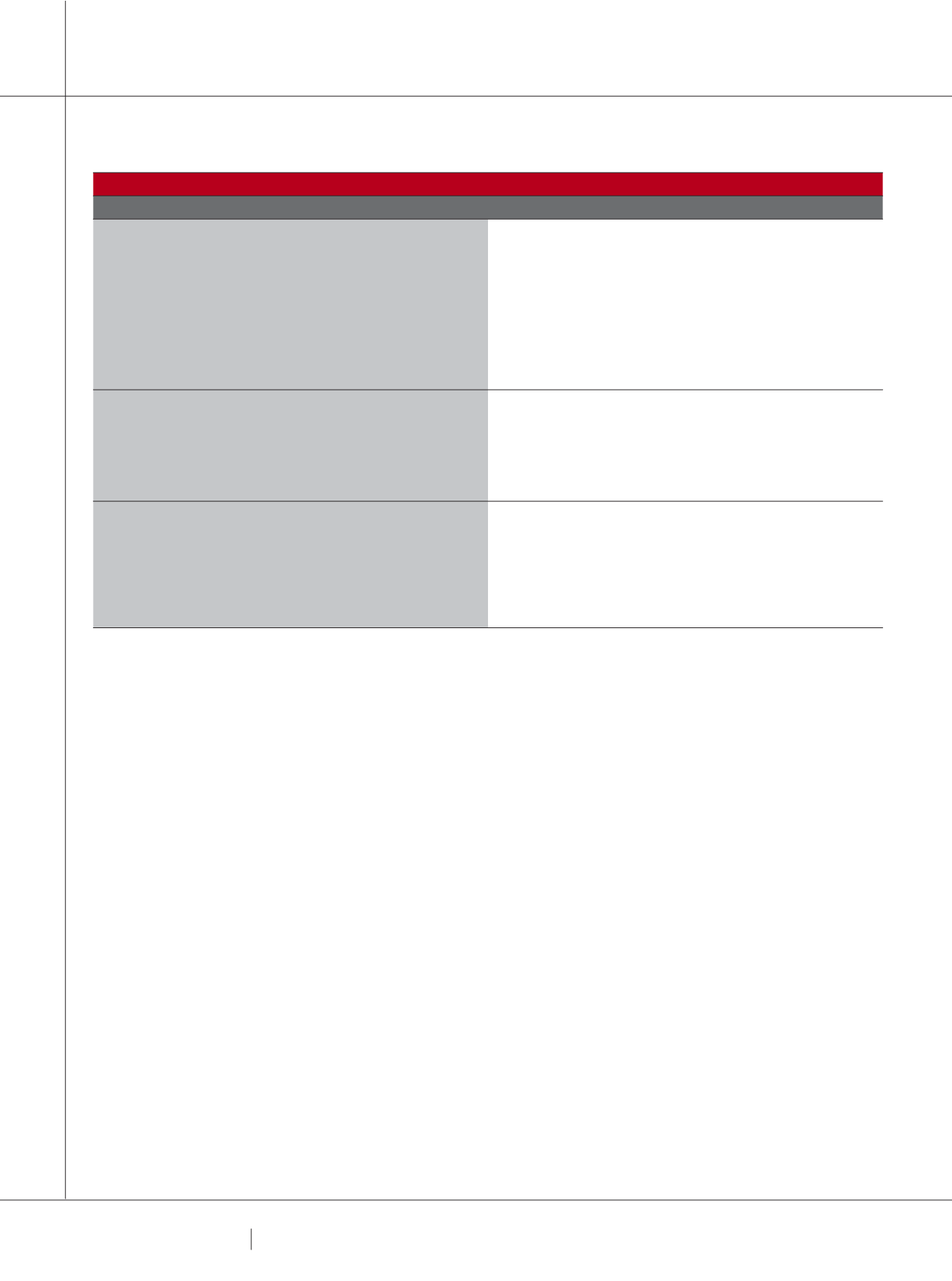

9 0
PLUMBING CONNECTION
SPRING 2015
It’s not as though the government is going to put armed
militia on the docks to open containers and look for non-DE
zincified brass tapware.
This brings us to the present situation, the complex way
that suppliers have to go about launching new product/
technology on the Australian market.
And why is it important, I hear you ask, that a
plumber needs to know anything about this detail?
Simple, it is the plumber who is liable for installing
any product that doesn’t comply with the regulatory
requirements. It’s not the builder, developer or direct client.
It’s doubtful a waiver from your client would even hold up in
a court of law, as you are the ‘qualified’ person who should
be upholding the law of the land in the first place. Tough luck
plumbers.
You’re the one who will be chased by the insurance
company for rectification and recovery monies for flooded
premises, the lost time that a business is closed or the
hospital shut down and the consequences of that.
So let’s have a detailed look at the product certification
system we operate under and the ‘big-bang’ effect when
efficient new technologies meet old Standards. In theory
you’d think it would take minimal time and effort to amend
the situation – but that simply isn’t the case. Here we detail
a specific case in question and there are a line-up of others
in the ‘to be followed up’ files at suppliers and product
certification organisations.
WHY WE NEED CERTIFICATION
The Plumbing Code of Australia (PCA) identifies that
certain plumbing and drainage materials and products
require certification in order to be authorised for use in
plumbing or drainage installations. Without it, Australia
would be open to non-compliant products that fail to meet
their intended purposes which could not only cost residents
and commercial property users (and plumbers) plenty of
money, but they can be dangerous too. Now I know what
you’re thinking: the market is being flooded with dodgy, sub-
standard products from overseas all the time. We’re well
aware of this and understand it’s a massive problem. But
imagine the amount that would hit our shores if the PCA and
Standards didn’t exist at all.
Within the Plumbing Code of Australia is a table that
outlines which products require certification. Once a
product has been deemed to require certification, the
manufacturer must go through what is called the WaterMark
Product Certification Scheme. Until February 25 2013 the
Scheme was managed by the National Plumbing Regulators
Forum (NPRF) and administered by Standards Australia.
The Scheme is currently managed and administered by the
Australian Building Codes Board (ABCB).
ABCB produced a document called Procedures for
certification of plumbing and drainage products. In here, it
references a WaterMark certification scheme schedule of
specification.
CERTIFICATION
THE DIFFERENCE BETWEENWATERMARK LEVEL 1 & 2
WaterMark Level 1 - For Higher Risk Products
WaterMark Level 2 - For Lower Risk Products
Requires that products comply with the ABCB’s
Procedures
for certification of plumbing and drainage products
(formerly
AS5200.000) as specified in the PCA and are certified under a program
in accordance with the principles of ISO/IEC 17065:2012 which
includes:
Assessment of the manufacturer’s quality assurance system
Testing
Assessment
Granting of certification
Surveillance of the quality system involved.
Requires that products comply with the ABCB’s
Procedures
for certification of plumbing and drainage products
(formerly
AS5200.000) as specified in the PCA and are certified under a program
in accordance with the principles of ISO/IEC 17065:2012 which
includes:
Testing
Assessment
Granting of certification
This level of certification is commonly referred to as System 5
Certification and requires design evaluation and independent
testing to determine product compliance with the relevant Standard
identified as applicable in the WMCS. The certification also requires an
assessment and ongoing surveillance of the production processes or
quality system, including inspection or testing of samples of product.
This level of certification is commonly referred to as Type Test
certification and requires design evaluation and independent testing
to determine product compliance with the relevant standard identified
as applicable in the WMCS. The certification does not include an
assessment and ongoing surveillance of the production processes or
quality system in place. The certificate would have duration of three
years and may be renewed at expiry.
Typical product groups that fall under this certification level are:
∫ Hot and Cold Water – Pipes and Fittings
∫ Water Heaters
∫ Taps and Valves
∫ Sanitary Fixtures – Water Closets pans and cisterns, Bidet/Bidettes
∫ Appliances (High Hazard)
∫ Water Filters and Water Treatment Devices
Typical product groups that fall under this certification level are:
∫ Waste Fittings
∫ Sanitary and Drainage Pipes and Fittings
∫ Sanitary and Drainage Valves
∫ Appliances (Low/Medium Hazard) – Washing Machines
∫ Sanitary Fixtures – Urinals
















